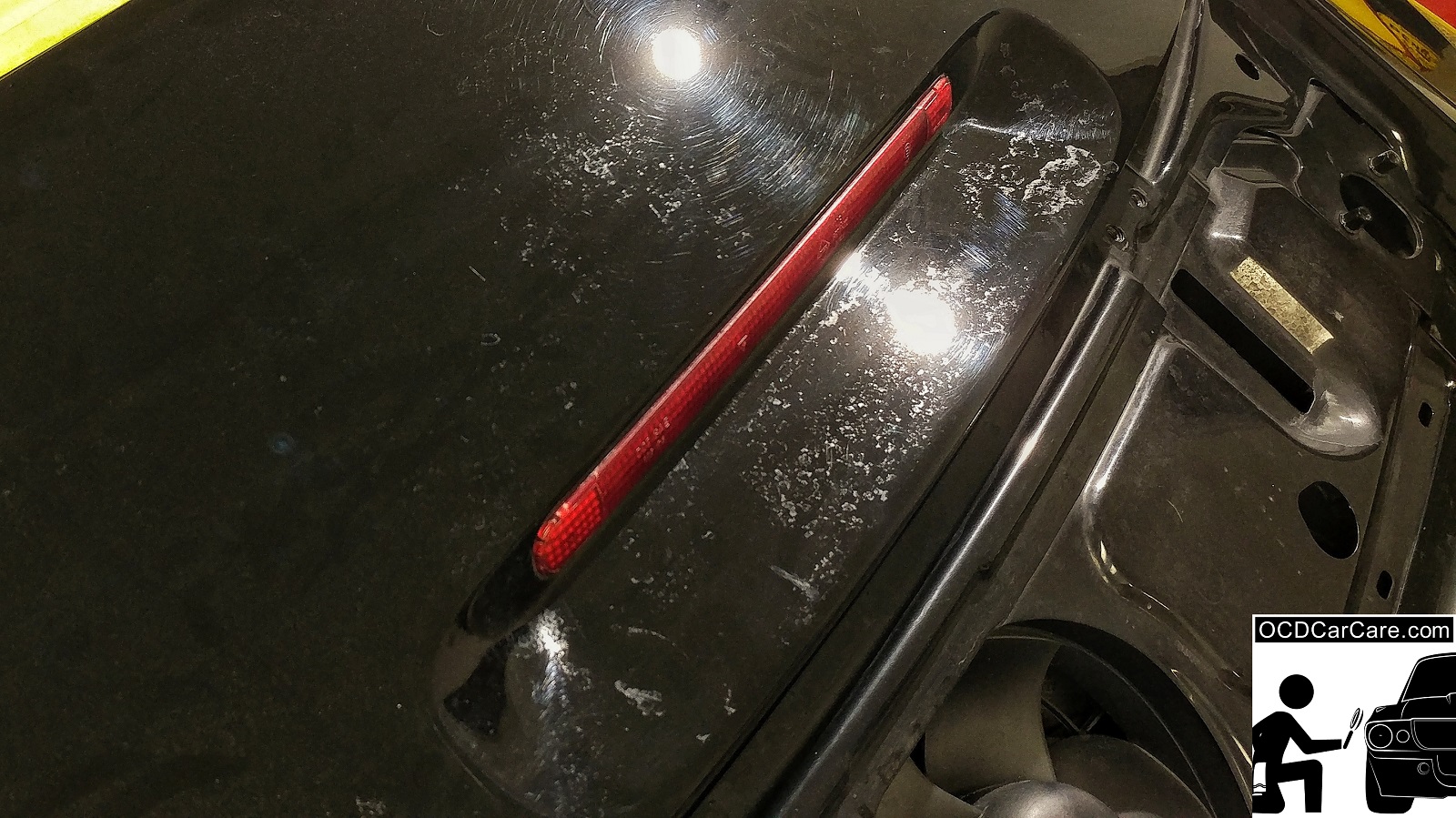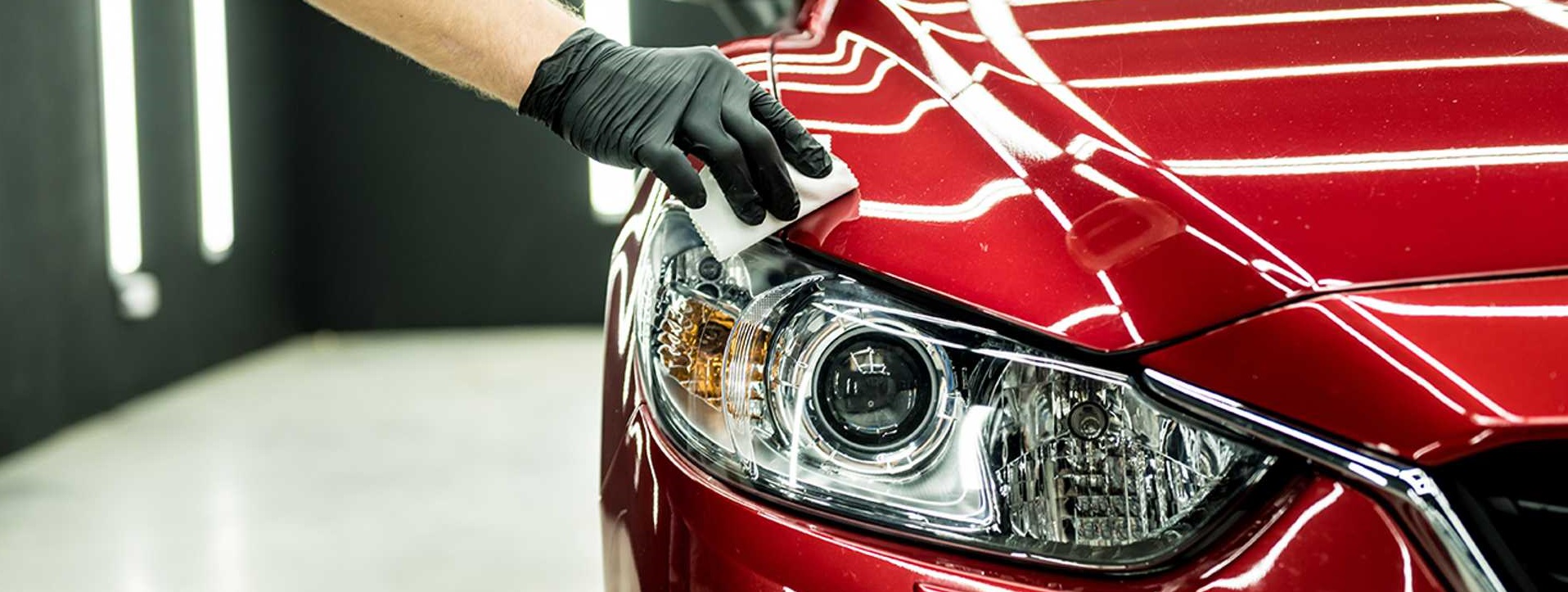Ceramic Coating vs Traditional Wax: Which Offers Better Protection?
Ceramic Coating vs Traditional Wax: Which Offers Better Protection?
Blog Article
Ceramic Layer vs. Traditional Wax: Which Gives Much Better Long-Term Security?
The dispute in between ceramic coatings and conventional wax for automobile defense has actually amassed significant interest among automobile lovers and professionals alike. Ceramic coatings boast exceptional long life and resistance to ecological elements, yet the intricacy of their application raises inquiries regarding availability and usefulness.
Introduction of Ceramic Layer
Ceramic covering has obtained significant appeal among vehicle enthusiasts and detailers alike because of its advanced safety high qualities. This cutting-edge innovation is designed to create a long lasting, hydrophobic shield over an automobile's paint surface, considerably improving its resistance to environmental pollutants such as dirt, UV rays, and chemical stains. Unlike typical wax, which supplies a short-lived layer of security, ceramic coatings bond at a molecular level with the paint, offering lasting resilience-- usually extending beyond two years with appropriate upkeep.
The application procedure entails meticulous preparation of the car's surface area, consisting of cleaning and brightening to guarantee ideal attachment. As soon as used, the finish remedies to create a durable layer that not only adds depth and gloss to the paint but additionally streamlines upkeep. With its hydrophobic buildings, ceramic coating enables water and dirt to move off even more quickly, lowering the frequency of washes and decreasing the threat of swirl marks.
In addition, ceramic finishings are readily available in different formulas, enabling users to pick items tailored to their details needs and choices. On the whole, ceramic finish stands for a considerable advancement in paint protection modern technology, providing remarkable efficiency contrasted to traditional alternatives.
Overview of Traditional Wax
Traditionally considered as a staple in auto care, wax functions as a prominent selection for those looking for a simple approach to boost and safeguard their vehicle's paint - ceramic coating. Automotive wax normally consists of all-natural components, such as carnauba, or artificial compounds, developed to produce a safety layer on the surface area of the paint. This layer not just improves the lorry's gloss and shine but additionally supplies a barrier versus environmental pollutants
The application of wax is generally user-friendly, making it obtainable for both specialists and DIY enthusiasts. It can be applied by hand or device, permitting for convenience in the detailing process. Once applied, wax requires a healing duration, after which it sets to develop a protective covering. Wax is additionally understood for its capability to drive away water, promoting a beading result that aids in the avoidance of water areas and deterioration.
However, while wax works for enhancing the visual charm of a lorry, it is very important to keep in mind that the protection it provides may require much more constant reapplication compared to alternate items, such as ceramic coatings. On the whole, traditional wax stays a preferred alternative for those prioritizing simplicity of usage and instant aesthetic improvement.
Toughness and Long Life Contrast
While both ceramic finishes and traditional wax offer protective benefits for automobile paint, their resilience and long life vary significantly. Traditional wax, typically made from natural carnauba or synthetic polymers, typically offers a safety layer that lasts about three to six months. This reasonably short life-span demands routine reapplication to preserve optimal defense.
On the other hand, ceramic coatings are crafted from innovative nanotechnology, forming a covalent bond with the paint surface. This causes a durable, hydrophobic layer that can withstand for 2 to 5 years, depending upon the product and ecological problems. The superior resilience of ceramic coverings is associated to their chemical structure, which provides improved resistance to scratches, UV rays, and oxidation.

Security Versus Environmental Aspects
Securing an automobile's paint from ecological elements is crucial for maintaining its appearance and worth in time. Autos are continuously subjected to a variety of aspects, consisting of UV rays, bird droppings, tree sap, acid rain, and roadway gunk, all of which can jeopardize the honesty of the paintwork.
Ceramic finishings provide a durable protection against these environmental assailants. Unlike typical wax, which can degrade swiftly under UV exposure, ceramic finishings form a durable, hydrophobic layer that resists the dangerous effects of sunshine and environmental pollutants. This sophisticated modern technology creates a chemical bond with the car's surface, offering remarkable defense that lasts for years, even in severe problems.
Traditional wax, while simpler to apply, commonly requires frequent reapplication and provides restricted resistance to impurities and UV rays. In time, click now it can break down, leaving the paint susceptible to scratches and oxidation. On the other hand, ceramic coverings preserve their protective high qualities longer, dramatically decreasing the risk of paint damage and guaranteeing that the lorry preserves its visual allure. Therefore, ceramic coatings are progressively identified as the remarkable option for lasting security against environmental factors.
Application and Maintenance Distinctions
The approaches of application and subsequent maintenance for ceramic finishings and standard wax differ dramatically, impacting the general user experience and efficiency of each item. Ceramic finishes need a more complex application process, usually including surface prep work that consists of washing, sanitizing, and polishing the vehicle. When the surface area prepares, the ceramic layer is applied in a controlled atmosphere, often needing expert expertise to make sure correct curing and bonding to the paint.

While both products boost vehicle appearance, the longer-lasting security provided by ceramic layers may validate their preliminary investment, in spite of the even like it more requiring application procedure. On the other hand, standard wax continues to be a popular choice for those seeking a simpler, albeit short-term, option.

Final Thought
In final thought, ceramic layers demonstrate considerable advantages over conventional wax in terms of toughness and environmental management. With a lifespan extending 2 to 5 years and remarkable resistance to UV rays, dust, and chemical discolorations, ceramic layers supply an extra reliable solution for lasting lorry upkeep. The application procedure might require specialist know-how, the resulting cost savings and reduced regularity of reapplication highlight the value of ceramic finishings for those seeking optimum car protection.
The dispute in between ceramic coverings and traditional wax for lorry security has gathered significant interest among auto fanatics and specialists alike. Unlike conventional wax, which provides a momentary layer of protection, ceramic finishes bond at a molecular level with the paint, supplying lasting durability-- usually prolonging beyond 2 years with appropriate upkeep.
While both ceramic finishings and traditional wax deal protective advantages for automobile paint, their durability and durability differ dramatically. For automobile fanatics seeking long-lasting security, ceramic coverings present an engaging benefit over conventional wax items.
In final thought, ceramic coverings show substantial benefits over conventional wax in terms of durability and environmental security.
Report this page